| Structure | Name/CAS No. | Articles |
|---|---|---|
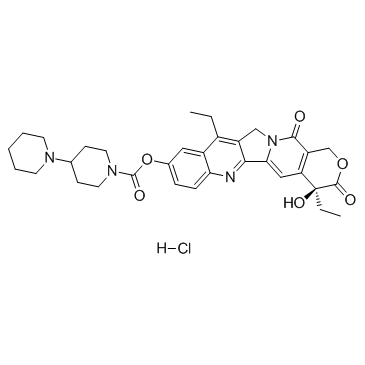 |
Irinotecan hydrochloride
CAS:100286-90-6 |
|
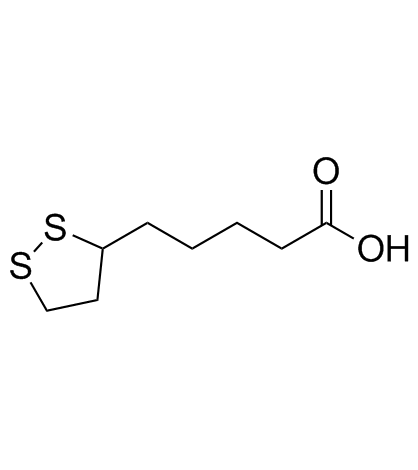 |
α-Lipoic Acid
CAS:1077-28-7 |
|
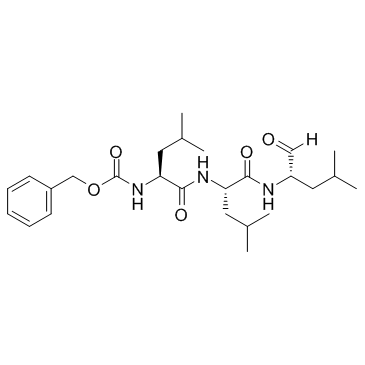 |
MG-132
CAS:133407-82-6 |
|
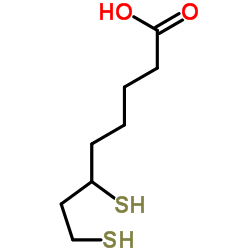 |
Dihydrolipoic acid
CAS:462-20-4 |
|
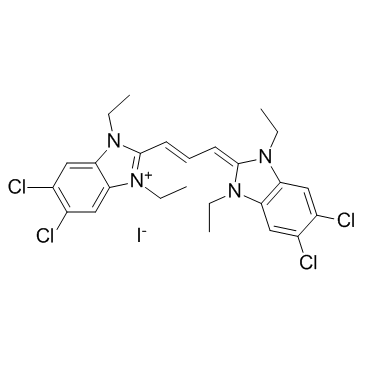 |
JC-1
CAS:3520-43-2 |
|
 |
E-64
CAS:66701-25-5 |